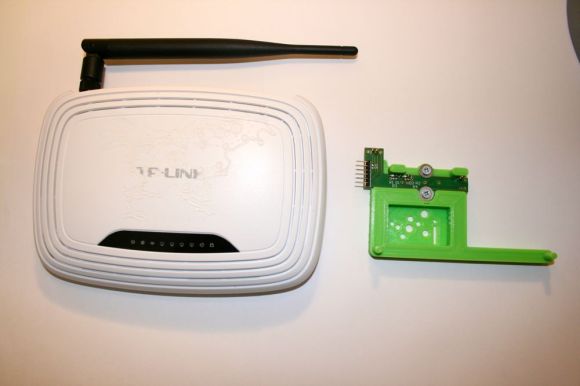
Low-cost wireless routers are a dime a dozen these days — but what happens if you need to flash the firmware? Normally you’d have to solder in a serial connection in order to access it, but [Luka Mustafa] had another idea — pogo-pins!
It’s actually quite easy to make a small PCB with pogo-pins and then use a 3D printed bracket or alignment jig in order to make connection. They currently only have designs for a few TP-Links (WR740 and WR741ND) on their GitHub, but more will be added soon. They’ve also included instructions on how to restore firmware on any of these devices with their handy-dandy pogo-pin PCB.
[Luka] is one of the guys behind IRNAS (the acronym is in Slovenian), a non-profit open-source company that makes lots of cool projects. They believe in open-source and sharing technology in order to empower the world.
And if you’ve royally bricked your router it could be possible to unbrick it with a Raspberry Pi!
















